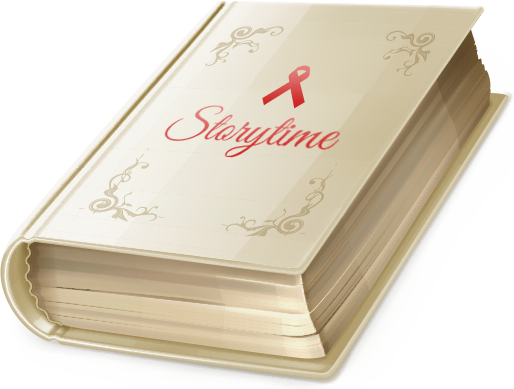
Humans have always been storytellers. We connect better with stories because they evoke emotions like joy, anger and sadness. Many times stories inspire and motivate us to take action, which is why storytelling is such a powerful tool every Nonprofit can and should utilize in their fundraising efforts.
A heartfelt story at your fundraising event can do great things for your audience:
- Tug at the heartstrings: Storytelling puts a face to your mission and establishes a deeper connection between donors and your organization. Getting your audience emotionally invested will almost always result in greater spending at your event.
- Support the facts: Statistics can be useful when you are showing the progress of your mission or illustrating a point, but without a story to tie it all together the facts and figures may be far less impactful. Include personal anecdotes to supplement your statistics and make the story come to life.
- Strengthen long-term involvement: Donors are more likely to give money to organizations they feel a connection to, and that part of what storytelling accomplishes. A well-told story might be exactly what your donors need to make a contribution and continue supporting your mission.

Nonprofit Storytelling Example
The John Crosland School in California reinvented their fundraising gala by shifting the focus of the event from being about the school to being all about the kids. A school for children with learning differences like ADHD and Asperger’s, they included anecdotes about the kids, their struggles and their accomplishments in the event program. During the event they started talking about how school’s mission would improve the chidrens’ future. During the gala and throughout the dinner, they had pictures of the students rolling on a slideshow.
“We also had the students and some artists from the local community do some artwork,” explains Jennifer Nichols, the Director of Institutional Advancement at John Crosland, “Then we mixed them all up so that guests couldn’t tell whether a student or a local artist had created the piece of art so when people were buying they had no idea whether they were buying something from one of our kids or a local artist. It was a real hit.”
For the full story, read:
“How John Crosland Revived Donor Development with Their Annual Fundraising Gala“
To make the most out of your storytelling efforts, incorporate these five tips into your marketing strategy.
1. Share a story during each stage of your fundraising event
Waiting for the “right” time or moment isn’t necessary, as stories are beneficial and relevant before, during and after your fundraising event. During the pre-event stage, advertise your auction using stories to attract more donors and increase attendance. The night of the event, remind supporters why they are there with reports from the front lines. Hearing a heartfelt message right before the auction begins can influence attendees’ bidding decisions and help you raise more money. After the event is over, continue communicating with donors and establish a good relationship by sharing stories of your organization’s work and how their donations are being put to use. Donors who know that their money is making a positive impact are more likely to continue supporting your cause.
2. Take advantage of multimedia
Stories can be told using pictures, video, audio and good old-fashioned copy. Use a combination of these to tell your story and reach your donors by distributing it across multiple mediums. Emails, newsletters, social media, blog posts, Powerpoint, podcasts, webinars, slideshare, etc. – all of these can be used to share your Nonprofit’s story before, during and after your event. These days most people have all the tools they need within arms reach on their smartphone. Of course, every medium is different and how you share a story on Facebook won’t be the same as what you do in a newsletter. Tailor each message to fit the rules and norms of that particular media form.
3. Consider the storyteller
What is more compelling: a nonprofit staff member sharing a story about someone who benefitted from their mission or hearing from the actual person whose life was changed? Having people who are directly affected by your Nonprofit speak or write down their story is more personal and authentic. If you’re having someone share at the event, carefully consider which client would feel most comfortable speaking in public. If sharing in person isn’t an option, try recording a few video clips with your smartphone and play them over a projector instead.
4. Enhance your story with pictures
Any story can be made more compelling with visual aids. While pictures cannot take the place of your story, they can be used to enhance it. Speeches, website content, social media posts and even videos can all have a bigger impact when paired with photos or graphs.
5. Keep the story short
Stories can be powerful tools, but speak for too long or include too much to read and you run the risk of losing your audience. No matter what media form you’re using, keep the message short, carefully choosing which words and details to include. At the right length, a story will keep donors interested and wanting to learn more about your mission.
Think of the last time you heard a really powerful story. Did it inspire or motivate you to act in some way? By sharing a story, your Nonprofit can have a similar effect on donors, encouraging them to donate and support your cause. That’s my story and I’m sticking to it! J
Do you have an example of a great Nonprofit story? …one that was used leading up to or during a fundraising event that you felt had a big impact on donors? Please share in the comments below!
{{cta(‘6a97920e-d7b4-4e7b-bc7d-0dac344d64dc’,’justifycenter’)}}
